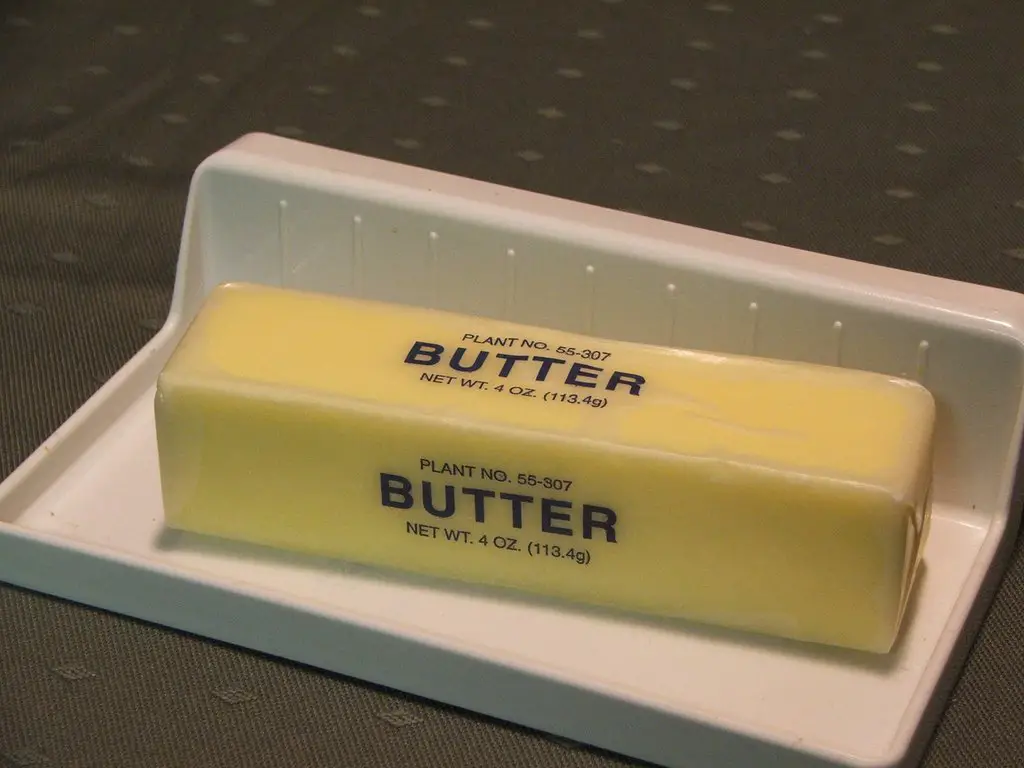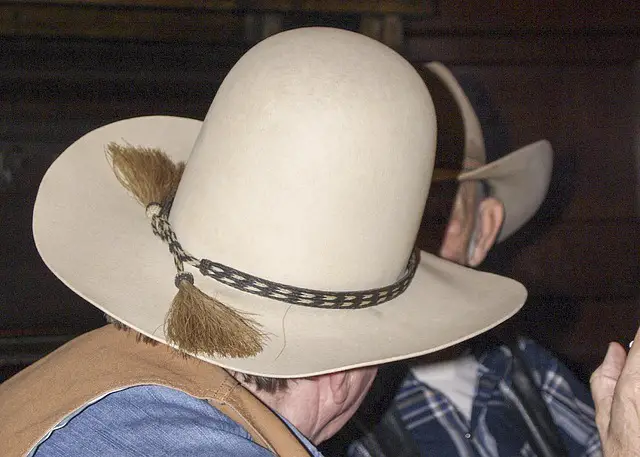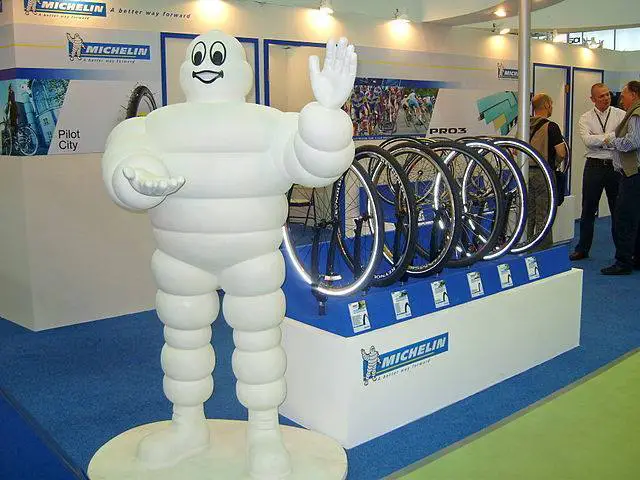 The weekly collection of random and fun facts. In this week’s edition: A Norwegian Butter Crisis, Two Boring Towns, The Strong Pinky Finger, Origin of the Ten-Gallon Hat, and The Michelin Man’s First Name.
The weekly collection of random and fun facts. In this week’s edition: A Norwegian Butter Crisis, Two Boring Towns, The Strong Pinky Finger, Origin of the Ten-Gallon Hat, and The Michelin Man’s First Name.
 In late 2011, Norway had a “butter panic”. A shortage of butter griped the country and became known as the “Norwegian butter crisis”. Prices became so inflated that a small 8.8 ounce pack of butter cost $50.
In late 2011, Norway had a “butter panic”. A shortage of butter griped the country and became known as the “Norwegian butter crisis”. Prices became so inflated that a small 8.8 ounce pack of butter cost $50.
The reason for the “butter crisis” was blamed on many different things. Dairy farmers in Norway said it was because Tine, the dairy co-op, exported too much butter even when a shortage was mounting. The farmers also said they weren’t informed that there was going to be a higher demand for butter until it was too late. The dairy co-op, on the other hand, blamed foul weather and the rise in low-carb diets for the crisis.
Norwegian Import tariffs on dairy products were also blamed since Norway implemented high prices on imports in order to protect their own dairy market. Others placed the problem with over-regulation in the market by the government that began back in the 1950s. Tine is in fact a government organization that produces 90% of the butter in Norway. Source

Two towns in two completely different countries have one particular thing in common–their names. The Scottish village of Dull finally found its match and became a “sister community” with the U.S., Oregon town of Boring.
Boring, Oregon is just southeast of Portland and has a population of around 10,000. The village of Dull in Scotland, on the other hand, is much smaller, with only about 20 homes. What they do have in common are their unique names that make them sound not that exciting. But Boring, Oregon wasn’t named because it was boring, it was named after a farmer from the 1870s named William H. Boring.
The partnership began in 2012, and after it happened, the governor of Oregon declared that August 9th would be a state public holiday, appropriately called Boring and Dull Day. An Australian town of 6,702 even got included in the partnership of the “uninteresting” named towns in 2014. It’s called Shire of Bland. Source
 You would lose about 33% of your hand strength if you didn’t have your pinky finger. If you don’t have your ring finger along with your pinky, the loss of hand strength rises to average around 54%. A greater loss is felt in the dominant hand as opposed to the non-dominant hand without the little pinky. But why is the pinky so important for gripping?
You would lose about 33% of your hand strength if you didn’t have your pinky finger. If you don’t have your ring finger along with your pinky, the loss of hand strength rises to average around 54%. A greater loss is felt in the dominant hand as opposed to the non-dominant hand without the little pinky. But why is the pinky so important for gripping?
The reason could be from the anatomical position of the muscles and the way they act together. Each muscle that engages in grip strength don’t really act alone. When one finger contracts, tension is generated in the other fingers. The pinky finger’s contribution to force generation during grip strength could be related to how the muscles are divided. Research has suggested that the muscles acting on the pinky finger help produce force under the ring finger, and when you pair the two fingers together, they provide a tremendous amount of force production for gripping. The pinky finger is also pretty important for use in ears and noses. Source
 A ten-gallon hat holds less than a gallon of water, but why was it called a ten-gallon hat in the first place?
A ten-gallon hat holds less than a gallon of water, but why was it called a ten-gallon hat in the first place?
A ten-gallon hat would have to be huge to be able to actually hold that much water, and even if it did, it wouldn’t be that practical in carrying any sort of liquid. The explanation on how it first got it’s name is unknown, but many experts believe the origin may have come from Mexico. Vaqueros, or Mexican cowboys, had hatbands on their sombreros called “galóns”. A “ten galón” sombrero was tall enough to hold ten of these hatbands. American cowboys are thought to have changed the word to “gallon” and referred to their tall cowboy hats as “ten-gallon” hats. As with most of these theories, it is not known for sure, and another competing theory says that the Spanish phrase “tan galán” was where it came from. It loosely translated into “very gallant or handsome” in English. Source

The real name of the Michelin Man, the mascot of the Michelin Tire Company, is Bibendum. The jolly round figure made of tires didn’t start out looking so cuddly however. The mascot began, according to lore, when the Michelin brothers noticed that a stack of tires they saw at the Lyon Universal Exhibition in 1894 would resemble a man if it would have had arms. Fast forward to 1898, when Andre Michelin saw an ad drawn by an artist named O’Galop that had been turned down by a brewery in Munich, Germany. It was of a bearded man lifting a beer mug with the latin quote, “Nunc est Bibendum,” which means, “now it is time to drink.” Michelin proposed to turn the man into a man made of tires, and he even kept the quote. The glass the new tire man was holding contained glass and nails, meaning that the tires could take on anything, along with the quote, “Michelin tires drink up obstacles.” The mascot came to be known as Bibendum.
Bibendum, in those early ads, had glasses and was sometimes smoking a cigar, and through the years his appearance changed as he became a worldwide symbol for the company. There’s also a reason Bibendum’s tire body wasn’t black like the color of tires we know today because tires during that time period were either grayish white or beige. Tires didn’t become black until 1912 when manufactures began to add carbon to the tires to act as a preservative.
Bibendum, or the Michelin Man, is one of the oldest company mascots still alive today, just behind the Quaker Oats pilgrim and Aunt Jemima. Source, Source
Another edition. See you next time and remember to annoy those around you with your new knowledge.
Need more random facts? Check out more from the Random Facts of the Week.

